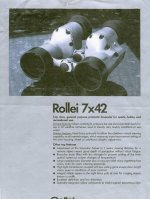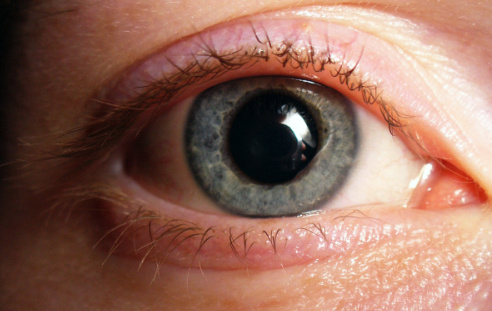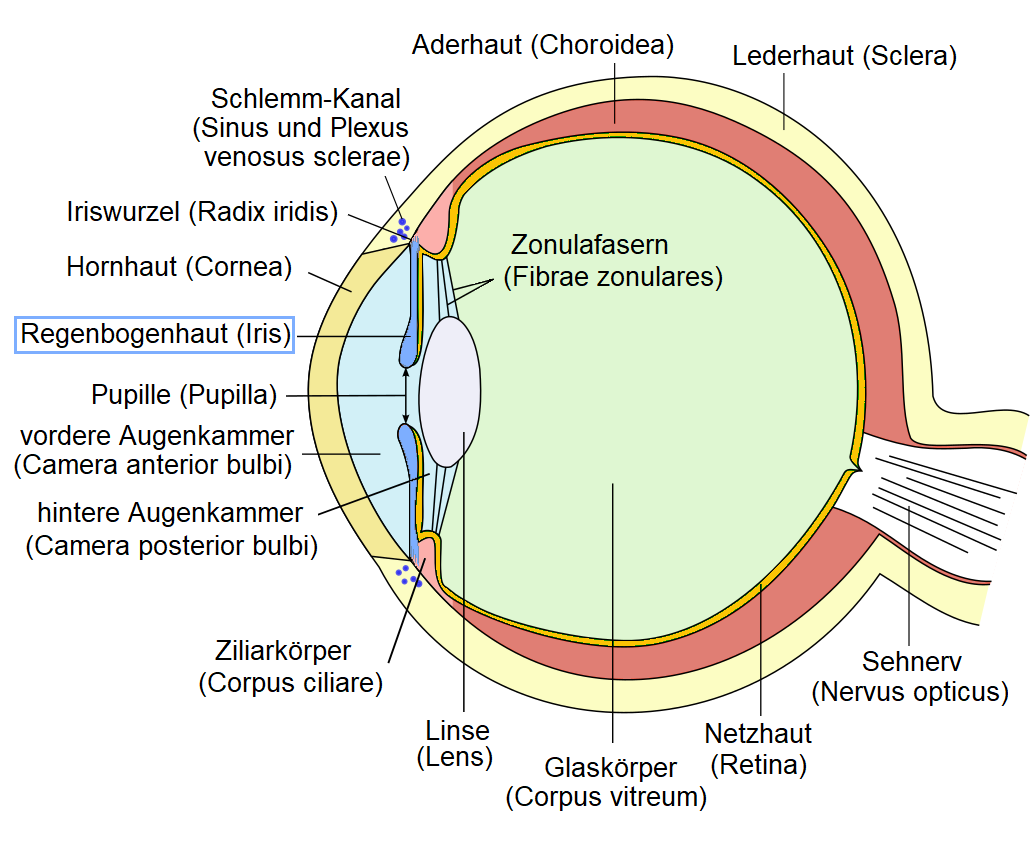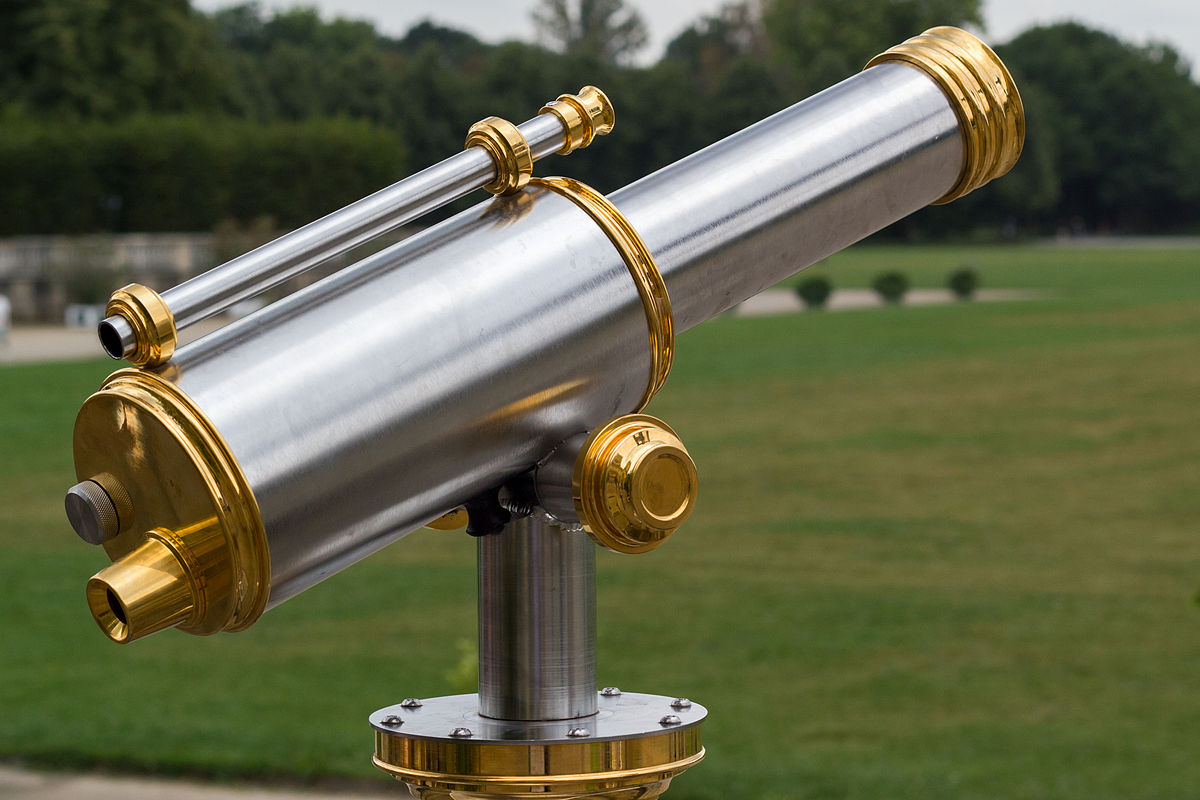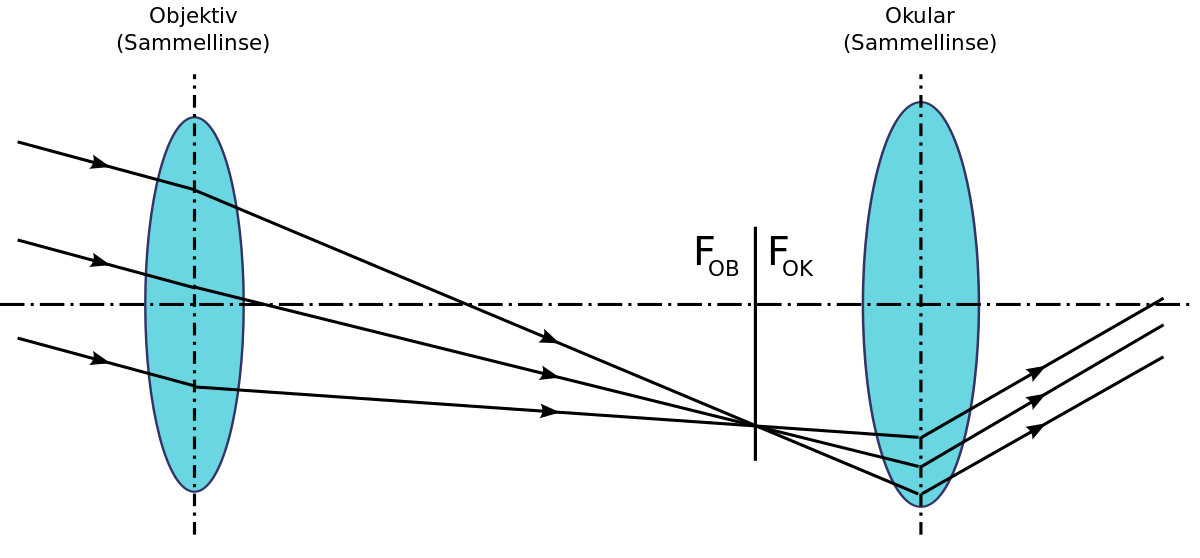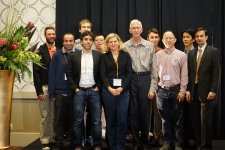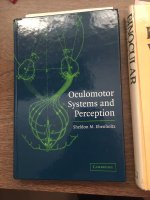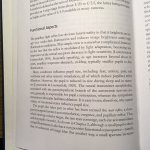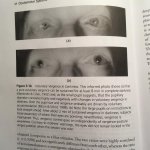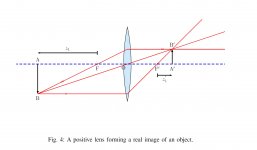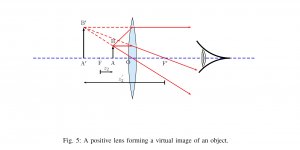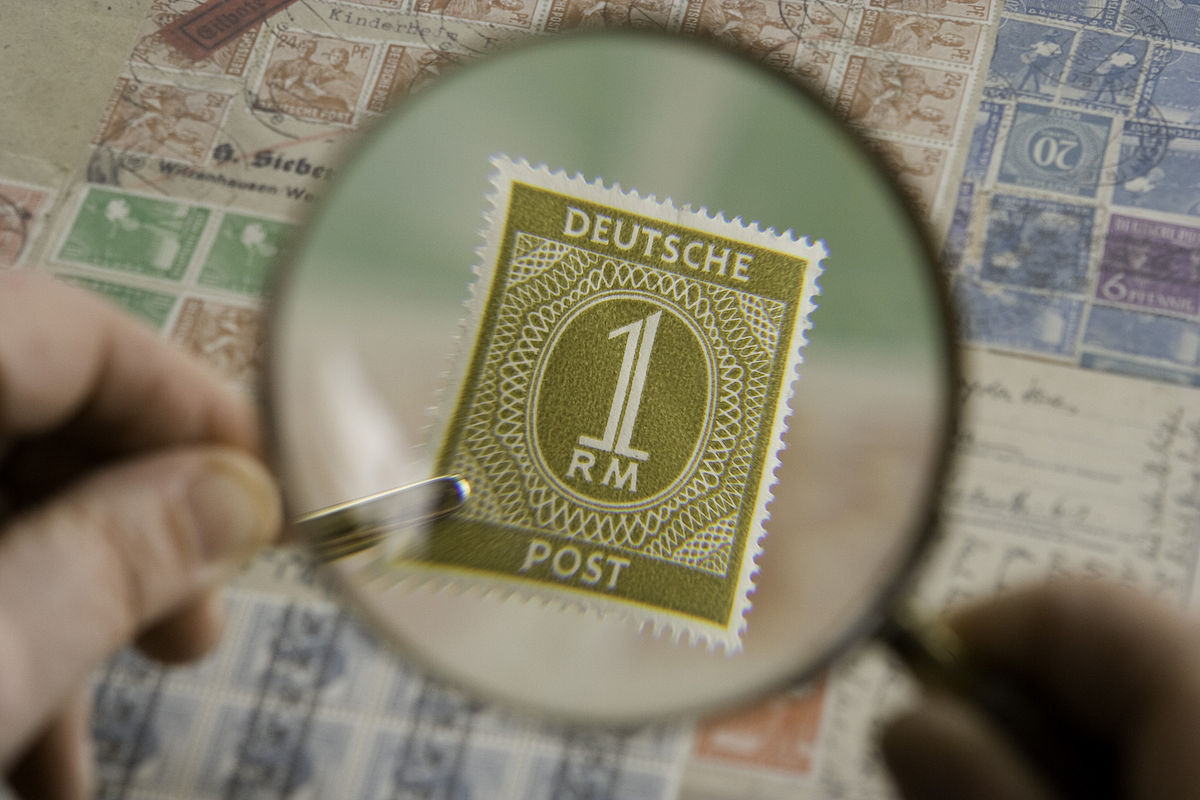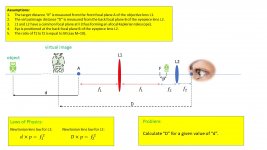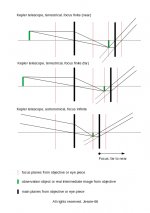Omid
Well-known member

Hello Jessie,
Thank you for your kind words. Feel free to write your own posts here. This thread is some sort of diary or log as I study and experiment with human vision and visual optical instruments. My time as a one-man-company is very limited so I can write here once or twice per week. I invite established forum members (e.g. elkcub, binastro, Gijs, John A Roberts, Holger, Troubador, WJC, Henry Link) to make their own contributions to this thread
I have learned some significant facts about visual perception and telescope optics since I started this thread nearly two years ago: I didn't know about the accommodation reflex in the human eye and it's tendency to focus at an intermediate distance. I didn't know that afcocal telescopes form a virtual image at a very close distance to the eye when pointed at every day objects (which implies that the exit beam is not collimated and can have significant vergence). I didn't know that the primary function of the eye pupil is to control depth of focus (not brightness, that's a secondary function). I hadn't heard about the perceptual phenomenon known in psychology as "size constancy" so I re-discovered it myself (and mistakenly attributed it to out-of-focus blur) when I was testing a rifle-scope invention in October 2019
Regarding your desire for switchable speed focus, I am afraid it is not among my projects. Go ahead and design that yourself! But the issue that I have highlighted in your quote is on my mind. I agree that the focus mechanisms in recent binoculars have become exceedingly complex. I mentioned this in one of my previous posts in the forum. I am working on advanced concepts in which the need for focusing is completely eliminated. An early example of such binoculars is the Rollei 7X42 which is itself is a derivative of the British Army L12A1 binoculars from 1980s.
Best regards,
Omid
Thank you for your kind words. Feel free to write your own posts here. This thread is some sort of diary or log as I study and experiment with human vision and visual optical instruments. My time as a one-man-company is very limited so I can write here once or twice per week. I invite established forum members (e.g. elkcub, binastro, Gijs, John A Roberts, Holger, Troubador, WJC, Henry Link) to make their own contributions to this thread
I have learned some significant facts about visual perception and telescope optics since I started this thread nearly two years ago: I didn't know about the accommodation reflex in the human eye and it's tendency to focus at an intermediate distance. I didn't know that afcocal telescopes form a virtual image at a very close distance to the eye when pointed at every day objects (which implies that the exit beam is not collimated and can have significant vergence). I didn't know that the primary function of the eye pupil is to control depth of focus (not brightness, that's a secondary function). I hadn't heard about the perceptual phenomenon known in psychology as "size constancy" so I re-discovered it myself (and mistakenly attributed it to out-of-focus blur) when I was testing a rifle-scope invention in October 2019
A little suggestion to Omid, who invents: I would like to have a focus that is speed switchable. Minox already had something there, different mechanical transmission (focus speed) in the near and far range. I would like 2 speed levels manually selectable by me. My car has 6 automated gears in its transmission, "alpha bins" (or better high end binoculars) costs a lot and have complicated therefore fault prone focus system with combination of focus and dioptric compensation. Every cheap small car has manual selectable 4 forward gears and 1 reverse gear.
Regarding your desire for switchable speed focus, I am afraid it is not among my projects. Go ahead and design that yourself! But the issue that I have highlighted in your quote is on my mind. I agree that the focus mechanisms in recent binoculars have become exceedingly complex. I mentioned this in one of my previous posts in the forum. I am working on advanced concepts in which the need for focusing is completely eliminated. An early example of such binoculars is the Rollei 7X42 which is itself is a derivative of the British Army L12A1 binoculars from 1980s.
Best regards,
Omid
Last edited:




